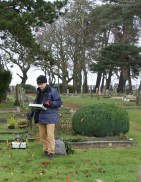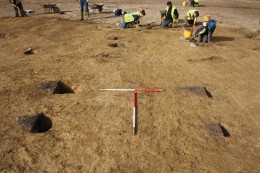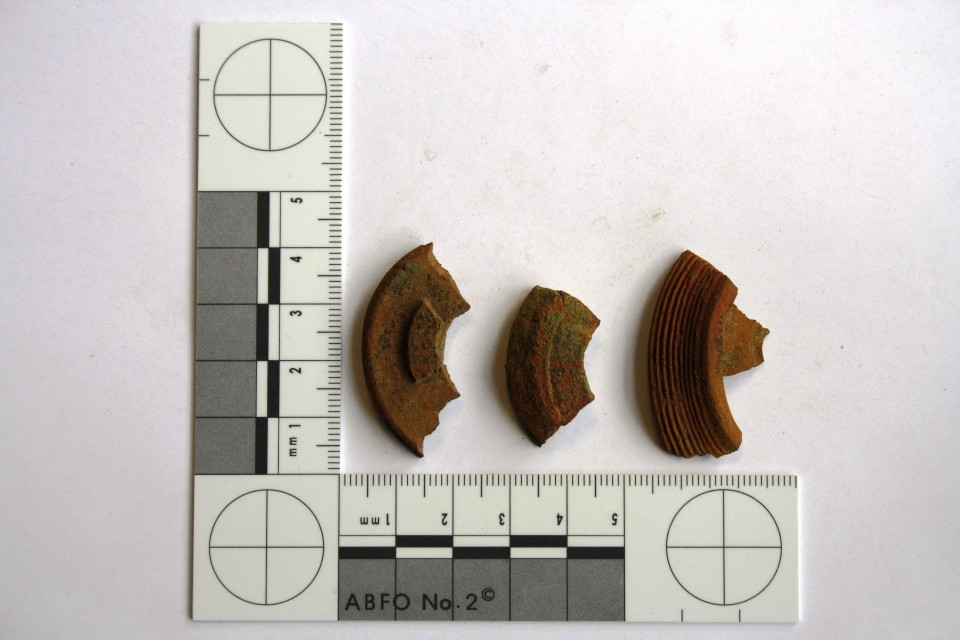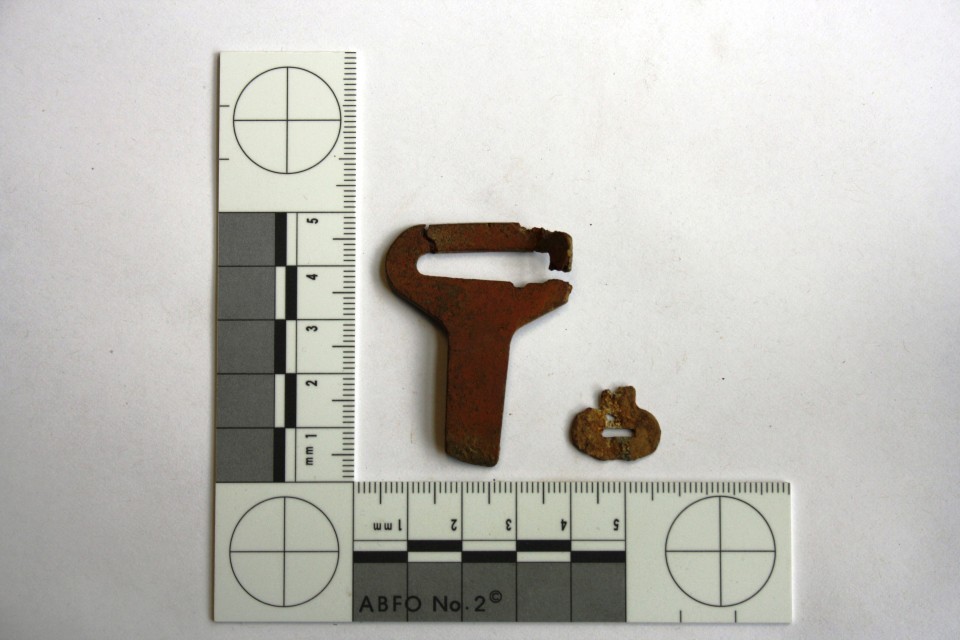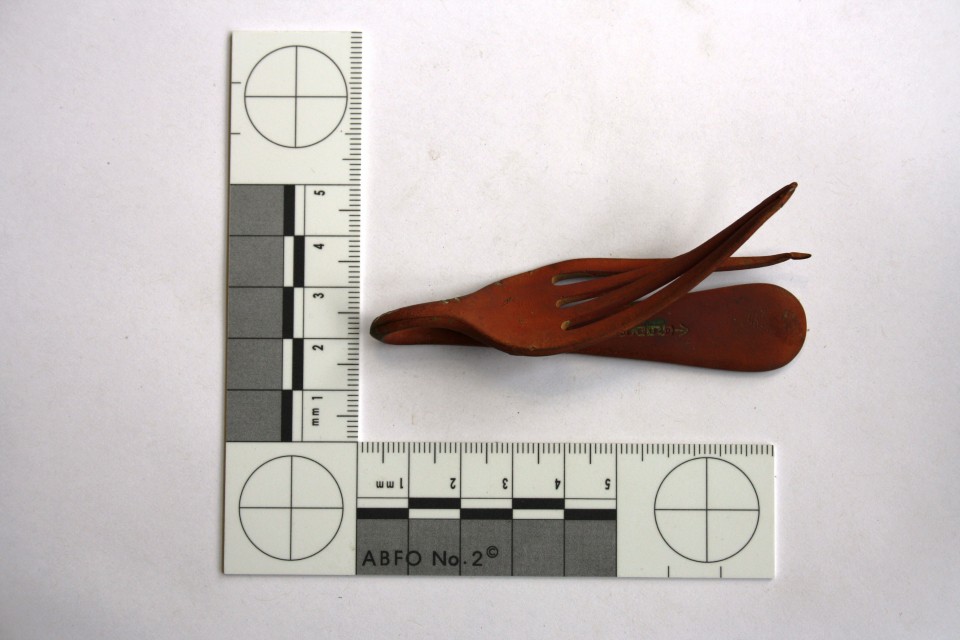BUARC has been working with the New Forest District Council to identify new areas of land suitable for proposed cemetery extensions. We have been working alongside council staff, as well as the New Forest National Park Authority’s advisors, on a number of projects where our fieldwork and survey services have been utilised to excellent effect.
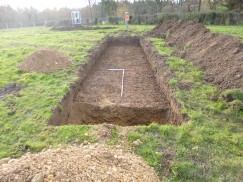
We have carried out Written Schemes of Investigations, Desk Based Assessments, Geophysical Survey, including Gradiometer survey and Ground Penetrating Radar (GPR), and Archaeological Trench Evaluation in a number of areas in the New Forest, adjacent to existing cemeteries, as well as investigating the potential of new sites.
A combination of these techniques have been put to very good use to assess the archaeological potential of proposed sites, as well as identifying vacant areas within an existing cemetery in Beaulieu. We have also been working with our academic colleagues at Bournemouth University’s Department of Archaeology, Anthropology and Forensic Science who were also involved in some aspects of the Geophysical Survey projects.
